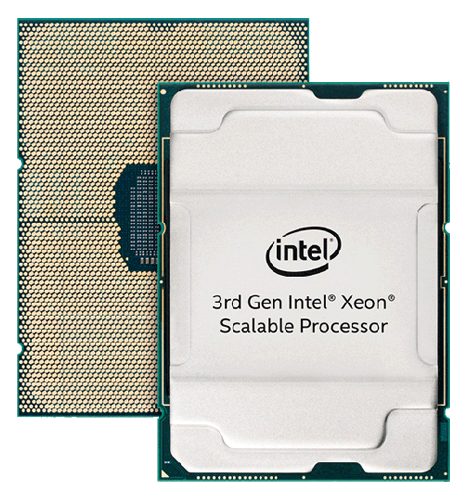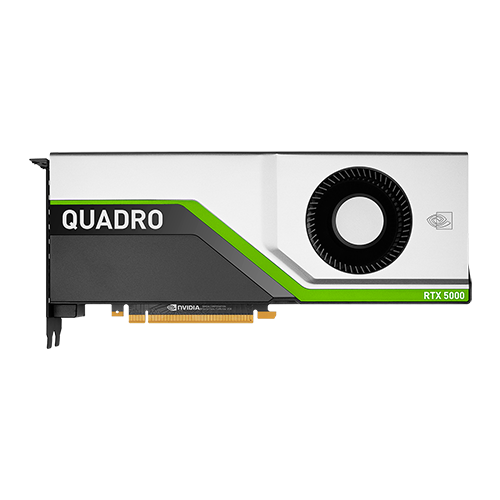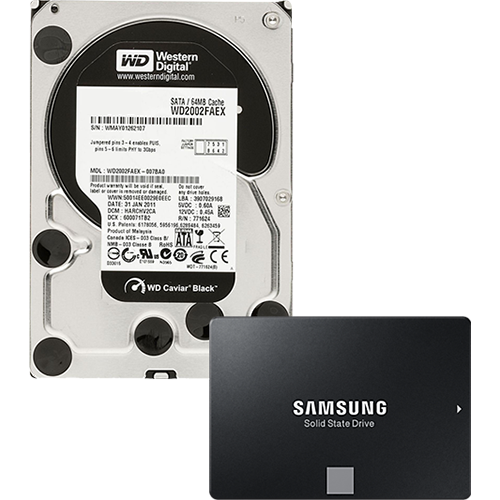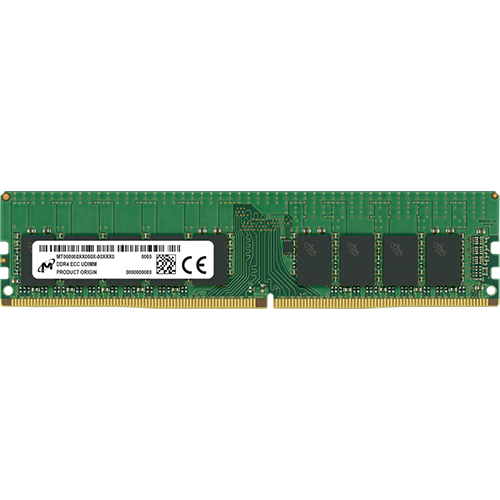
OctaneRender
Octane Render is a real-time 3D unbiased rendering application that runs exclusively on NVIDIA's CUDA technology. It is the first GPU-based unbiased renderer to be released to the public and it uses the graphics card(s) to calculate all measures of light, reflection and refraction.
Hardware Recommendations
 Processor
Processor
As Octane does not use the CPU for rendering, a CPU with a high core count is not required. However, a fast multi-core CPU will significantly improve the scene loading speed. Therefore we recommend a processor with 4 to 6 cores.
 Graphics
Graphics
Octane Render can run on most CUDA enabled consumer video cards, instead of only on high-end Quadro cards that most other solutions and middleware require. We recommend dual NVIDIA GTX 1080 Ti graphics cards, which currently offers the best performance to price ratio, but any recent high end NVIDIA card will offer great rendering performance with Octane.
Multiple GPUs will increase the performance of the application linearly. For example, two cards with provide double the performance of one card. The GPUs do not need to be of the same type.
 Storage
Storage
We recommend a solid-state drive (SSD) for the operating system and software.
In addition, we recommend a 4TB or larger hard drive for storage of the pre-rendered assets or the rendered export files if storing these files locally. Hard drives work well for rendering since it is generally not read or write intensive.
 Memory
Memory
In general, 4GB of RAM per CPU core is recommended. For example, if you select a single 12-core processor, 32GB will suffice for basic tasks or 64GB for more demanding workloads.
Configuration Recommendations
HP Z6 G4 Workstation
$4,075
HP Z8 G4 Workstation
$19,025
HP Z8 G4 Workstation
$11,625
HP Z4 G4 Workstation
$2,800
HP Z4 G4 Workstation
$2,300
HP Z440 Workstation
$3,025
Running additional applications on this system?
The recommended components and configurations provided on this page are specific to this software. If you plan on running other applications, view our recommendations for them as well and choose a configuration that best suits the needs of the application requirements collectively. Feel free to contact us for further assistance.
 3ds Max
3ds Max  Act-3D
Act-3D  After Effects
After Effects  AMBER MD
AMBER MD  ANSYS
ANSYS  ARCHICAD
ARCHICAD  Arnold
Arnold  Audition
Audition  AutoCAD
AutoCAD  Blender
Blender  BodyPaint 3D
BodyPaint 3D  Catia
Catia  Cinema 4D
Cinema 4D  Corona Renderer
Corona Renderer  DaVinci Resolve
DaVinci Resolve  Digital Performer
Digital Performer  DIGITS
DIGITS  Flame
Flame  Fusion
Fusion  Harmony
Harmony  Hauptwerk
Hauptwerk  Houdini FX
Houdini FX  Illustrator
Illustrator  InDesign
InDesign  Inventor
Inventor  Keyshot
Keyshot  Lightroom
Lightroom  Live
Live  Mari
Mari  Maxwell
Maxwell  Maya
Maya  Media Composer
Media Composer  Modo
Modo  MotionBuilder
MotionBuilder  Mudbox
Mudbox  Navisworks
Navisworks  Nuke
Nuke  OctaneRender
OctaneRender  Photoshop
Photoshop  Premiere Pro
Premiere Pro  Pro Tools
Pro Tools  ReCap 360
ReCap 360  RenderMan
RenderMan  Revit
Revit  SketchUp
SketchUp  Solid Edge
Solid Edge  Solidworks
Solidworks  TensorFlow
TensorFlow  Unreal Engine
Unreal Engine  V-Ray Next
V-Ray Next  VMware
VMware  ZBrush
ZBrush